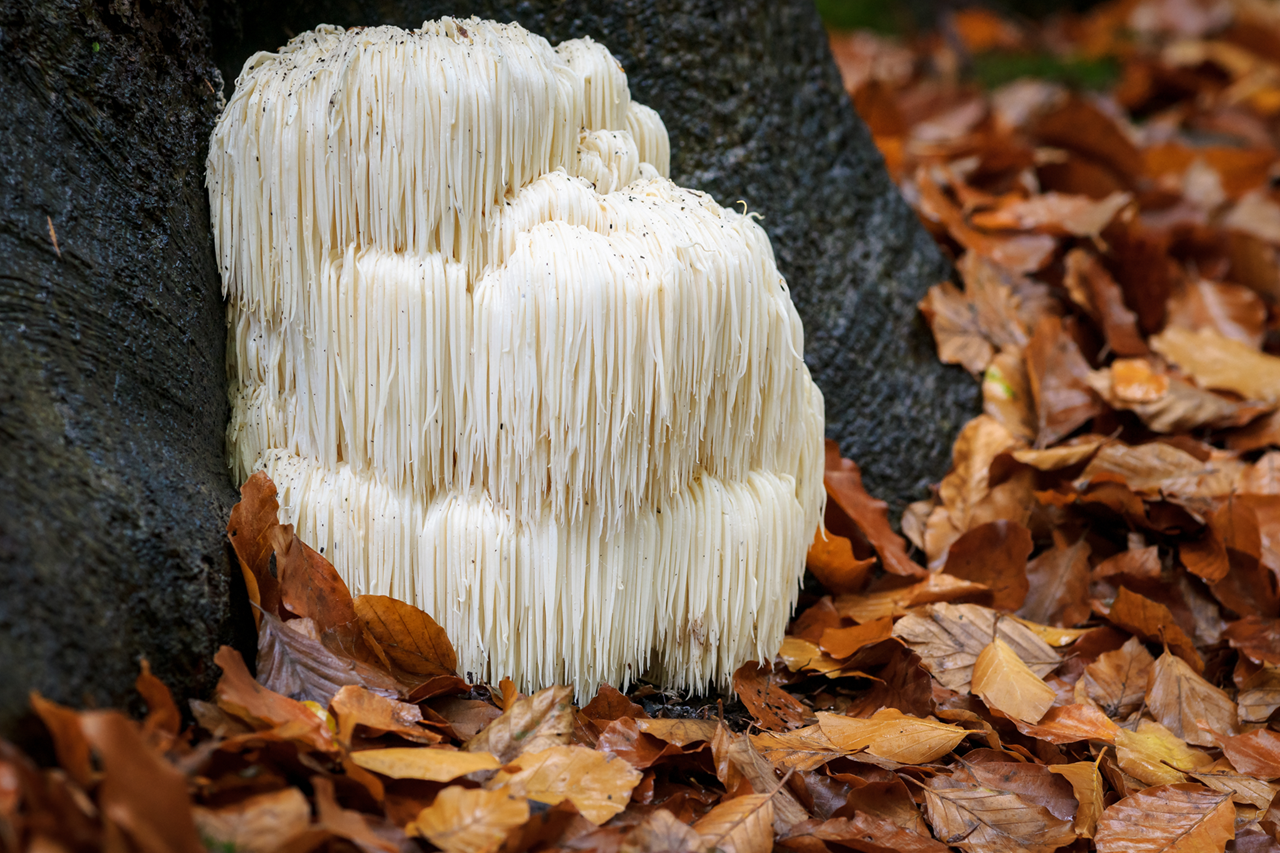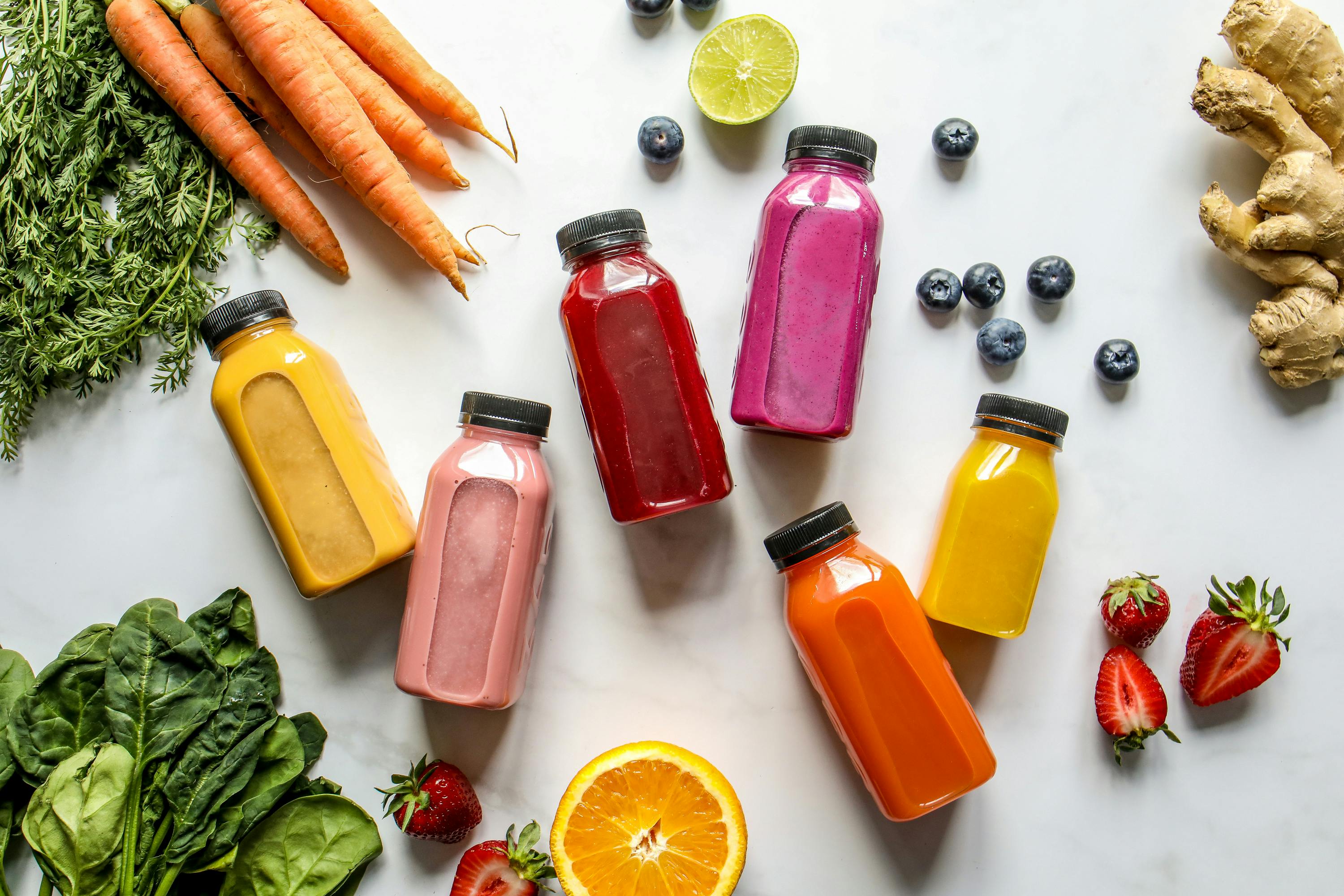What Does Spirulina Taste Like? Here’s What to Expect (And How to Make It Taste Better)
.png)
Spirulina might not look like the most appetizing thing to eat - and it's honestly not getting any awards for its “exotic aroma" anytime soon either.
If you've ever had spirulina straight up, you know what we’re talking about!
For anyone who hasn't tried it before, this (typically blue green) algae smells and tastes otherworldly, but its potential health benefits are nothing to sneeze at. It’s considered to be extremely beneficial in maintaining optimal health and they deliver a large & wide array of nutritional compounds.
.png)
From amino acids, to proteins, to pigments, minerals, and so on - they’ve been shown to offer a unique and diverse amount of goodness.
Let’s focus on a certain macro first - protein.
More Than Just Algae - Protein Powerhouse
First off, blue green spirula is considered to be one of the most protein dense foods you can add to your diet.
Taste and aroma aside, being in a powder / pill form makes it easy to consume and sneak it into different foods and diets fairly easily.
As long as you’ve got the intent to incorporate it into your regular dietary routine, it’s not really “a tough pill to swallow”.
.png)
We all need proper amounts of protein for our bodies and minds to work at their highest potential. With the rise of fast / processed foods, high quality sources of protein are a bit harder to sniff out.
Certain sources of protein, like Sunflower microgreens for example, have been shown to be roughly 24-30% protein by weight - while also containing all 9 essential amino acids, making them a complete source of plant protein.
Likewise, Spirula is also extremely dense in amino acids, making them an excellent option for plant based protein as well.
Making it Taste Good
Like we briefly mentioned at the beginning of this article, Spirulina is one of those "acquired tastes", to put it lightly!
Depending on where you've sourced your spirulina - and especially if it's in powder form vs. calsules, you'll notice an oceany, brimey flavor if you're brave enough to eat it straight. Spirulina’s strong flavor is a result of a combination of its environment, the amount of trace minerals present, and other conditional factors.
Higher quality extracts tend to not smell as strong, but there's no getting rid of the plants natural flavor without masking it with other ingredients.
Though cooking with it is an option, it's easier and more convenient to mix it with some juice/tea and drink it.
Perfect source of iron
If we're talking about one of the best natural supplements for anyone suffering from an iron deficiency, spirulina's one of the top contenders. Ditch the iron fish, and get some blue green spirulina!
.png)
It's naturally dense in iron, along with a myriad of other vitamins and minerals like magnesium, copper, manganese, and much more.
When you’re consuming things for health related reasons it’s in your best interest to intake a dense amount of nutrients when possible. So, for example if you’re taking spirulina for nutritional benefits such as iron and vitamin intake, you’ll also be getting a quality dose of plant protein at the same time!
Antioxidants
Along with everything else, spirulina has been known to contain specific kinds of pigments called "phycocyanins" - they're not only responsible for the algea's deep colors, they're considered to be a power antioxidant.
How it Grows
The freshwater algae is typically farmed in man-made ponds designed specifically to grow and harvest spirulina.
It thrives in alkaline water (with usually around a ph level of 8.5) and tends to grow better in warmer temperatures (roughly 82 - 88 degrees Fahrenheit).
It's not the most difficult crop to grow, the majority of the process lies within the task of planning, building, and most importantly - maintaining all the Spirulina ponds.
Quick Usage Ideas
Since dried spirulina is usually packaged as a consistent powder, your methods of using it are pretty wide.
.png)
Here’s a quick list:
Smoothies
Juices
Salads
Seasoning
Tea
Matcha
Capsules
Get creative!
Just make sure to keep the exposure to heat as limited as possible, because certain botanical compounds do begin to degrade at certain temperatures.


.jpeg)




